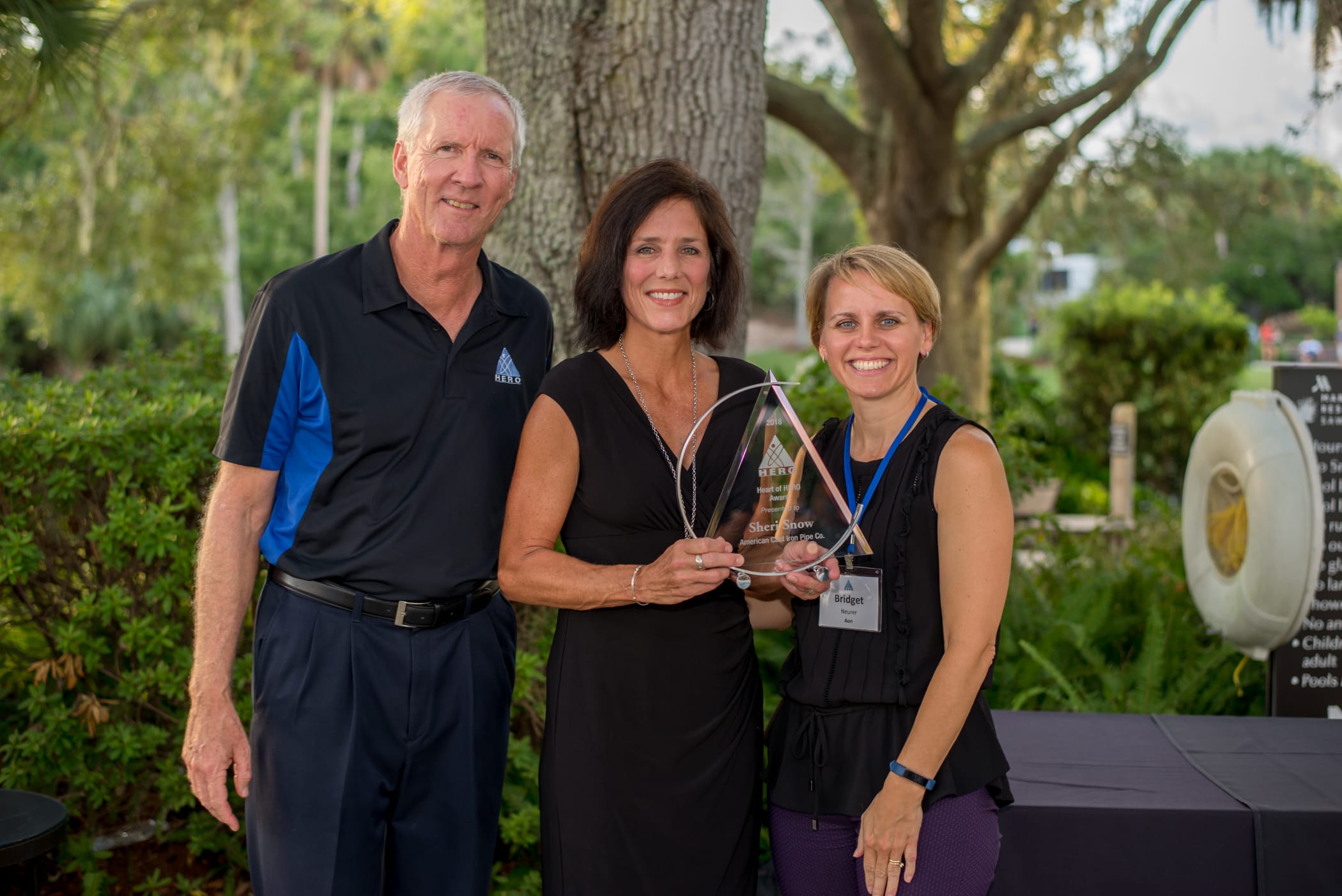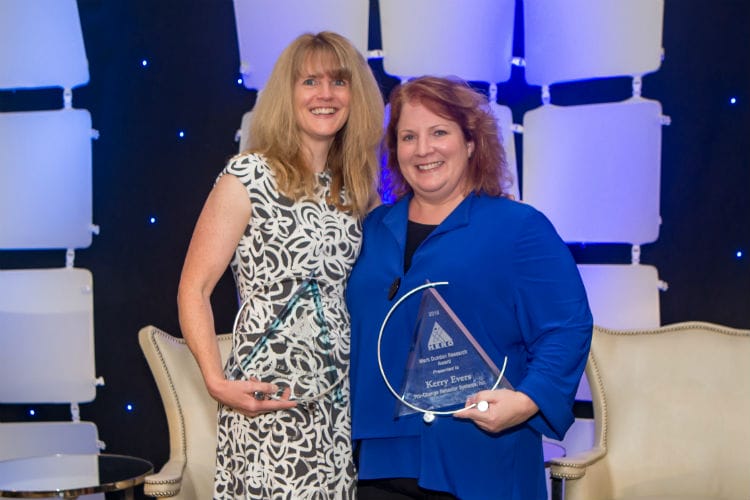Now is as good a time as any to rethink our workplace health and well-being initiatives. It’s a chance to freshen up stale offerings and engage with employees who might be looking to make health changes of their own.
The winners of the 2018 HERO — Health Enhancement Research Organization — Health and Well-Being Awards have ideas that should help. The HERO Health and Well-Being Awards recognize individuals for leadership, research contributions and other noteworthy accomplishments in the field of workplace health and well-being. In interviews conducted at the 2018 HERO Forum, winners talked about four key elements of successful well-being initiatives.
Employee perspective matters. The innovative well-being initiatives that 2018 Heart of HERO winner Sheri Snow oversees at American Cast Iron Pipe earned that company the C. Everett Koop National Health Award in 2014. One key to those offerings, she said, is the opportunity for employees to shape what is available to them. Whether they gather information through surveys, one-on-one interviews or other methods of exploring employee perspectives, Snow believes it is important for employers to understand what employees want in a well-being initiative.
“Employers can really enhance their programs by listening to employees and involving them in planning, seeing what they want,” Snow said. “Conduct surveys and listen to what employees say they want, not just what you think they need.”

Bill Whitmer Award winner Shelly Wolff said the gap between employer and employee perspectives on well-being can be instructive. As health and workforce effectiveness leader at Willis Towers Watson, Wolff works with her clients to reduce the existing gap and adjust their well-being offerings accordingly. “Understanding that gap has helped companies dial into the importance of hearing directly from employees,” Wolff said. “That evolution of human-centered design and putting the employee at the center of the effort is having a big influence on what well-being means to employers.”
Support starts at the top. Leadership support plays an important role in the success of well-being initiatives. Research has shown that organizations realize better results on both health improvement and medical costs when leaders recognize healthy behaviors, and when they model work-life balance with their own actions. Healthy HERO Award winner Amanda Potter offers real-world support for that theory. The award, now in its second year, recognizes employees who have used their employer’s well-being offerings to transform their own lives and encourage co-workers to make positive changes. Potter, a social media manager for Midco Communications, changed her nutrition and fitness habits after the birth of her son, leading to improvements in her mental well-being and physical health. She also started a workday walking group that earned early buy-in from the people above her on the pay scale.

“When I started that walking group, I created an email list that allowed people to opt in if they wanted to participate. I got my boss and my boss’ boss on board immediately,” said Potter. “That made a big difference — to have them be not only supportive, but embracing it.”
Balance is key. One of Jerry Noyce Executive Champion Award winner Beth Bierbower’s biggest accomplishments is the implementation of a digital detox policy that bans work emails from 6:00 p.m. Friday through 6:00 a.m. Monday. That break gives employees a chance to get away from work, connect with their families and get re-energized for their return to the office. That policy might not work for everyone — some businesses or groups may need to be connected 24/7 — but Bierbower is an advocate for thinking broadly about well-being and not just focusing on physical fitness and activities.
“The broader you get, the more you can get your employees engaged,” said Bierbower, president, employer group segment at Humana. “If an employee isn’t interested in physical fitness, maybe they’re interested in volunteering, or in financial well-being. When you create a better balance of well-being offerings, you’re creating more entry points where people can get involved.”
The value of data. Whether it’s the latest fad diet or the hottest tech gadget, people like new things. The same is often true in the area of well-being. It’s easy to chase trends, but Mark Dundon Research Award winners Kerry Evers and Sarah Johnson prefer a more measured approach, and they believe in taking the long view when it comes to well-being and behavior change.

“It’s important to rely on the evidence base that’s been developed,” said Johnson. “It’s so easy to fall into the exciting trends that are happening and ignore the evidence base, so it’s important for people to remind themselves how important it is for efforts to be rooted in science.”
Evers recommended looking beyond major benchmarks while measuring well-being progress. Doing so moves us away from an all-or-nothing approach where measurable results are key and adds an understanding of how changes take place over time.
“If you look at the entire continuum, you can see groups and programs making progress and making incremental gains along the way,” said Evers. “Understanding those gains is key to keeping morale up and for implementing programs, to see how successful they are.”
Also read: Workplace wellness Dominates at Employer Forum
Understanding of health and well-being initiatives will continue to evolve because people will continue to change. Millennials have different priorities than baby boomers, so their perspective on well-being will naturally differ from that of their older colleagues. As that evolution continues, it’s important to check in from time to time with the people who are close to the heart of the industry. There’s no better time than now.


 A while back a source mentioned to me that many people have a limited view on mental illness. It’s depression; it’s anxiety; or maybe it’s PTSD. But there are many more mental illness conditions to address. Like eating disorders.
A while back a source mentioned to me that many people have a limited view on mental illness. It’s depression; it’s anxiety; or maybe it’s PTSD. But there are many more mental illness conditions to address. Like eating disorders.